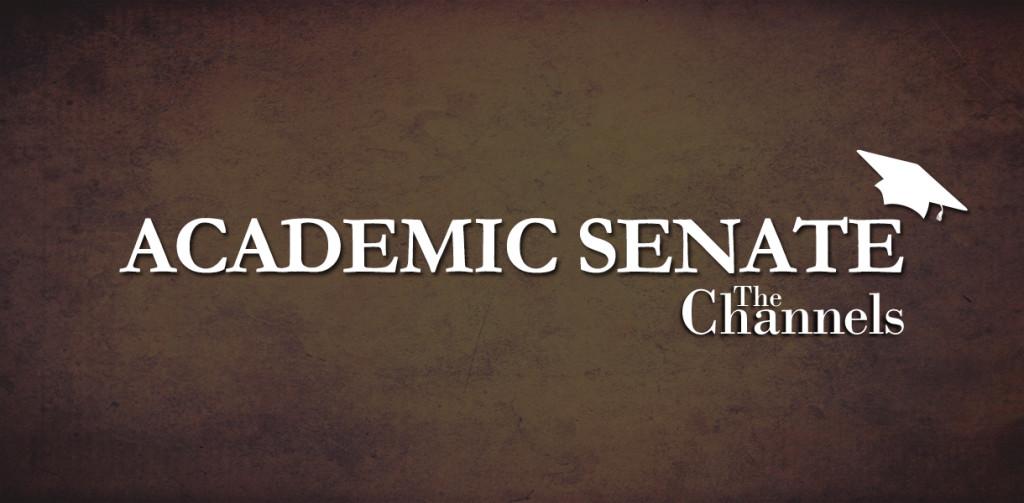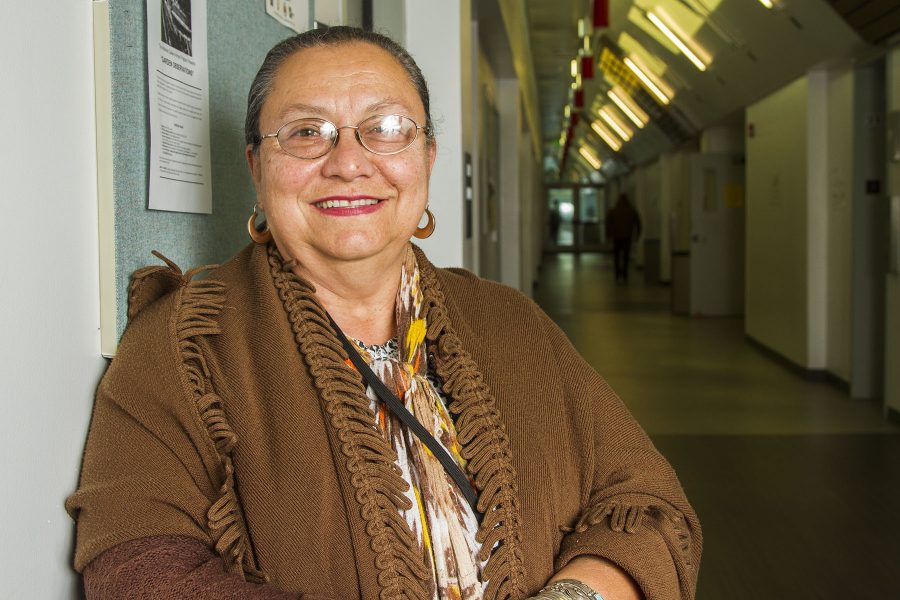Despite a 34 percent reduction in the number of on-campus jobs, an unused amount of Federal Work Study funds do still exist, according to a staffer in the college’s Human Resources department.
However, what each department has at its fiscal disposal isn’t readily made public.
“There are some departments that have not spent their Work Study allotment,” Mary Arnoult, who oversees on-campus student employment for the college, said.
By definition, 20 percent of a Federal Work Study wage is paid by City College and the remaining 80 percent handled by the federal government.
Word-of-mouth by staff and professors, or the occasional announcement posted on a department’s bulletin board, are common ways students can find out about federally co-funded campus jobs.
So, despite what some consider a completely hopeless job market, students can still find employment through the school. They just have to keep in mind that not every job is going to get posted in the Career Center or on its website.
Arnoult went on to emphasize that job hunters stand a better chance if they’ve caught the attention of an instructor or member of the staff.
Potential candidates for any job either on or off campus can take advantage of a variety of free services offered at the Schall Career Center, ranging from help with selecting a major to drafting a resume.
The trouble with finding employment started for students last fall, when California faced the economic downturn.
The state’s lawmakers had no budget, thereby jeopardizing state funding for City College. And when the state didn’t create a budget, Arnoult explained, the college couldn’t create one either, and neither could its departments.
The college cut back or held off on spending, including part-time help.
Arnoult said that it “had to take a hard look at what they had to do,” meaning how to best adapt programs and employment opportunities for leaner times.
As a result, there were approximately 876 student workers, according to records shared with The Channels by Human Resources. As of May 31, only 154 were under Federal Work Study and approximately another 40 were paid by Foundation Internships.
This fall, the cutbacks continue. As of Oct. 2, there were approximately 571 student jobs. In addition, Arnoult noted that this semester some students have more than one job, so that figure represent 571 separate positions, not individuals.
Of that current 571, approximately 116 or only 20 percent of those are Federal Work Study. Another 25 positions are paid for by the college’s non-profit foundation, which is funded exclusively by private donations.
The remaining 430 on-campus jobs this semester are classified as “general” and are paid for by the college alone.
But even though the quantity of jobs has been reduced to what Arnoult calls a “dribble,” she did say that she had processed papers for almost half a dozen new positions this past week alone.
Like now, several opportunities in the future may not be advertised campus wide. Departments might decide not to use the Career Center or its website, and unless students exercise active communication with their teachers and visit academic departments, they might not know new jobs even exist.
Arnoult recommends that students remain vigilant the last week of class before winter break and the first two of the spring semester, adding that very little happens and few faculty and staff can seldom be contacted during the holidays.
“Beat the bushes,” Arnoult said. “It’s perfect training for the real world.”







